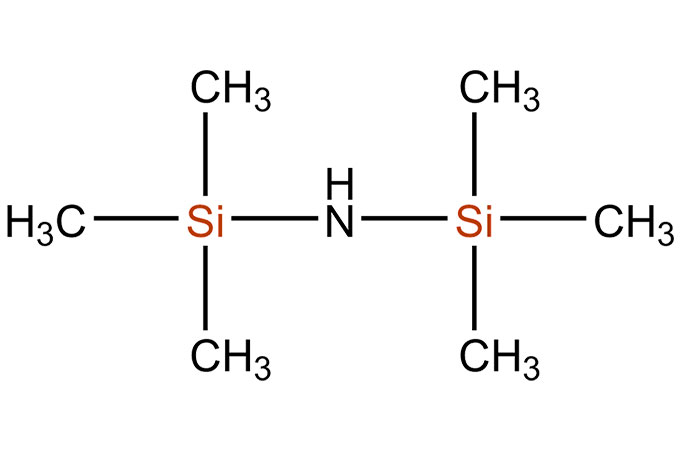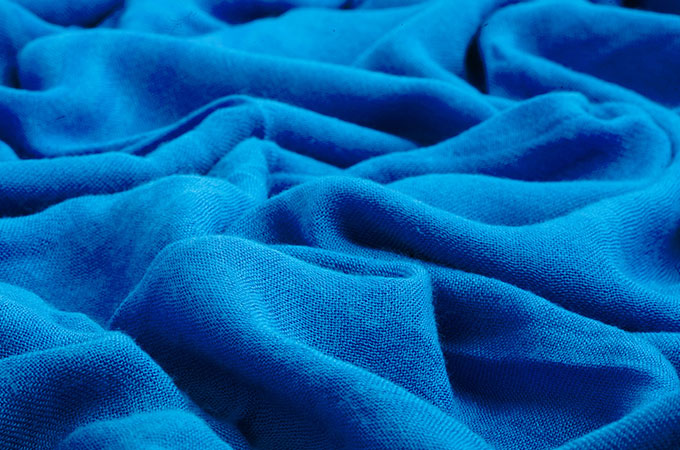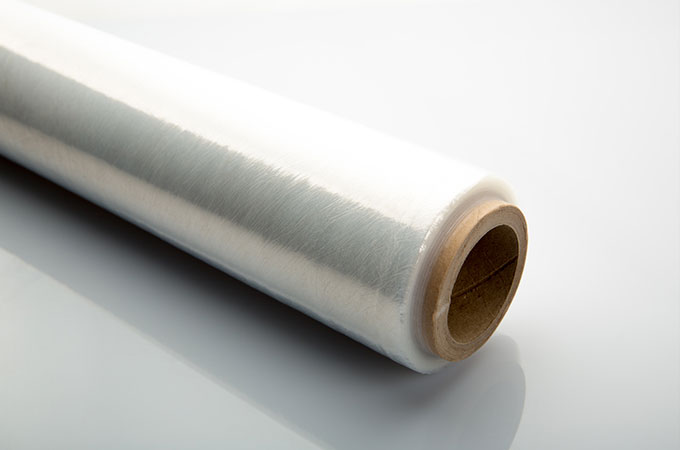In the intricate world of polymer chemistry, the role of coupling agents is like that of a master conductor, orchestrating the harmonious integration of diverse components. Among these agents, organofunctional silanes emerge as the unsung heroes, quietly revolutionizing the way polymers come together and perform. This blog delves into the fascinating realm of "Connecting the Dots: Organofunctional Silanes as Coupling Agents in Polymer Chemistry."
Understanding the Chemistry of Connection
The Essence of Coupling
At the heart of polymer chemistry lies the challenge of connecting dissimilar materials seamlessly. Organofunctional silanes, with their unique molecular structure, serve as coupling agents that bridge the gap between organic and inorganic components within polymer matrices. This essential function enhances the overall performance and properties of polymers.
Silanes at the Crossroads
Organofunctional silanes act as molecular bridges by forming bonds between the polymer chains and inorganic fillers or surfaces. This connection is pivotal in reinforcing the mechanical strength, thermal stability, and adhesion properties of the resulting polymer composite.
Tailoring Properties with Organofunctional Silanes
Strengthening the Structure
One of the primary contributions of organofunctional silanes is their ability to reinforce the structural integrity of polymers. These coupling agents form covalent bonds with both organic polymers and inorganic fillers, creating a robust network that enhances the overall strength and durability of the composite material.
Enhancing Adhesion
In the world of adhesives and coatings, organofunctional silanes play a key role in promoting adhesion between dissimilar materials. By facilitating strong interfacial bonds, these coupling agents ensure that the adhesive or coating adheres securely to the substrate, resulting in improved performance and longevity.
Unveiling Versatility in Polymer Applications
Tailoring Surface Properties
Organofunctional silanes offer versatility in tailoring the surface properties of polymers. Whether it's enhancing hydrophobicity, introducing reactive sites, or improving chemical resistance, these coupling agents provide a customizable approach to achieving specific material characteristics.
Polymer Blends and Composites
In the realm of polymer blends and composites, organofunctional silanes act as compatibility agents, promoting the uniform dispersion of diverse polymer components. This not only improves the overall blend homogeneity but also optimizes the mechanical and thermal properties of the final composite material.
Navigating the Future with Organofunctional Silanes
Sustainable Solutions
As the world turns towards sustainable practices, organofunctional silanes are gaining prominence for their role in enhancing the sustainability of polymer-based materials. By improving the efficiency of manufacturing processes and extending the lifespan of polymer products, these coupling agents contribute to a more eco-friendly future.
Innovations on the Horizon
With ongoing research and development, the applications of organofunctional silanes in polymer chemistry continue to evolve. From advanced medical polymers to high-performance materials in electronics, the future holds exciting possibilities for these versatile coupling agents.
In conclusion, the silent but powerful influence of organofunctional silanes in connecting the dots of polymer chemistry cannot be overstated. As coupling agents, they navigate the intricate pathways between organic and inorganic components, creating a symphony of enhanced properties and applications. In the ever-evolving landscape of materials science, organofunctional silanes stand as indispensable tools, connecting the dots and shaping the future of polymer chemistry.
 English
English 日本語
日本語 한국어
한국어 français
français Deutsch
Deutsch Español
Español italiano
italiano русский
русский português
português العربية
العربية tiếng việt
tiếng việt


